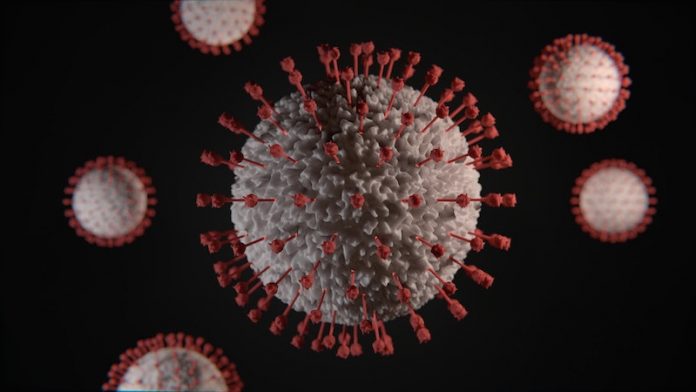
In a new study, researchers have shown that a variation in the viral genome of COVID-19 improved its ability to infect human cells and helped it become the dominant strain circulating around the world today.
The research was conducted by a team from Duke University in North Carolina and elsewhere.
The study shows that variation is more infectious in cell cultures under laboratory conditions.
The variant, named ‘D614G’, makes a small but effective change in the ‘spike’ glycoprotein that protrudes from the surface of the virus, which it uses to enter and infect human cells.
The D614G variant of COVID-19 quickly took over as the dominant strain soon after it first appeared, with geographic samples showing a significant shift in viral population from the original, to the new strain of the virus.
The team analyzed genome samples published on GISAID, an international resource for sharing genome sequences among researchers worldwide.
They found that the new strain was linked to higher viral loads in the upper respiratory tract of patients with COVID-19, meaning the virus’s ability to infect people could be increased.
They say it is possible to track SARS-CoV-2 (COVID-19) evolution globally because researchers worldwide are rapidly making their viral sequence data available through the GISAID viral sequence database.
Currently, tens of thousands of sequences are available through this project, and this enabled us to identify the emergence of a variant that has rapidly become the globally dominant form.
New supporting experiments, more extensive sequencing and clinical data, and improved statistical models have been published.
However, the researchers are keen to stress that further laboratory analysis in live cells needs to be done to determine the full implications of the mutation.
One author of the study is Dr. Thushan de Silva, Senior Clinical Lecturer in Infectious Diseases at the University of Sheffield.
The study is published in the journal Cell.
Copyright © 2020 Knowridge Science Report. All rights reserved.



